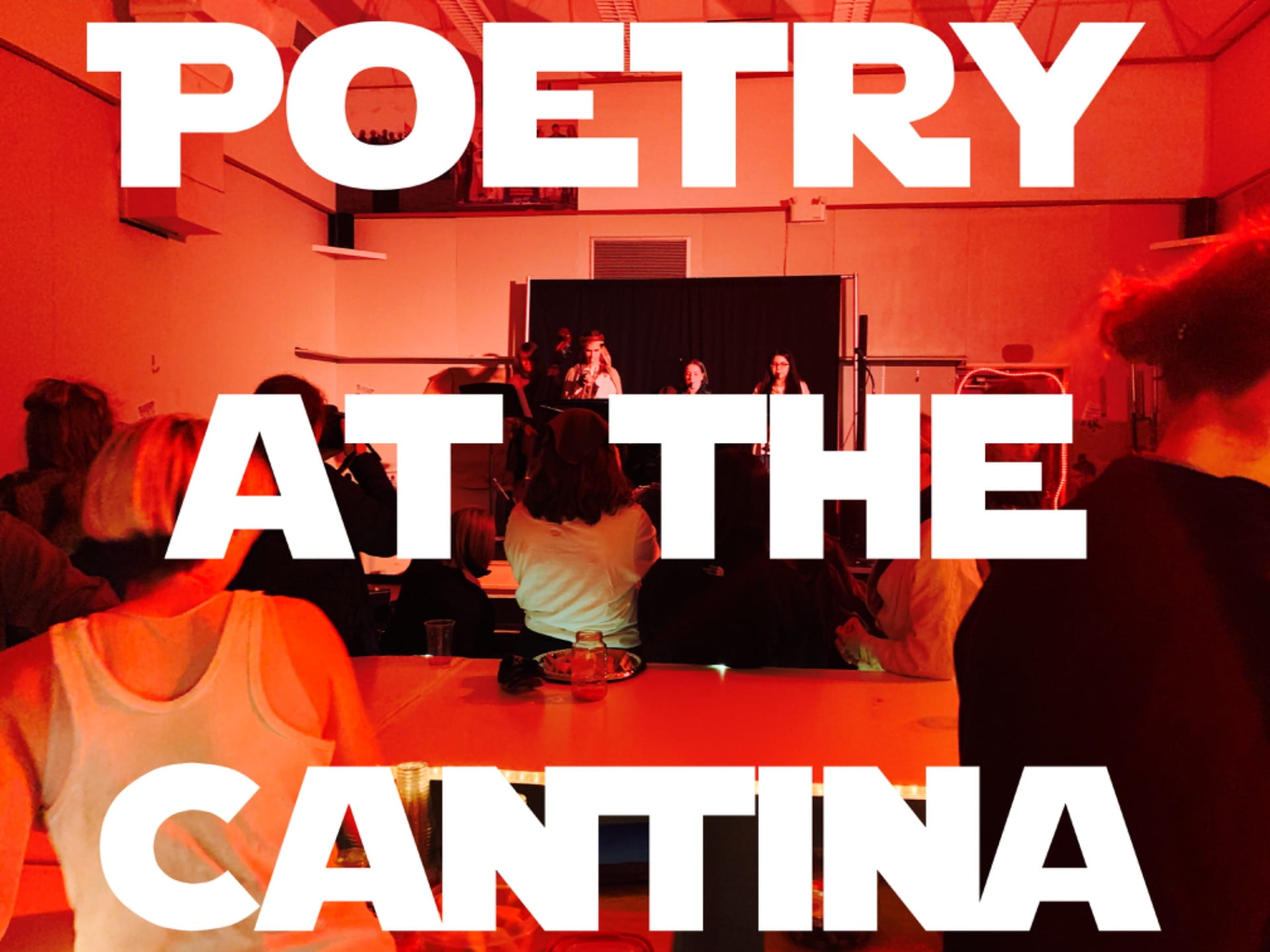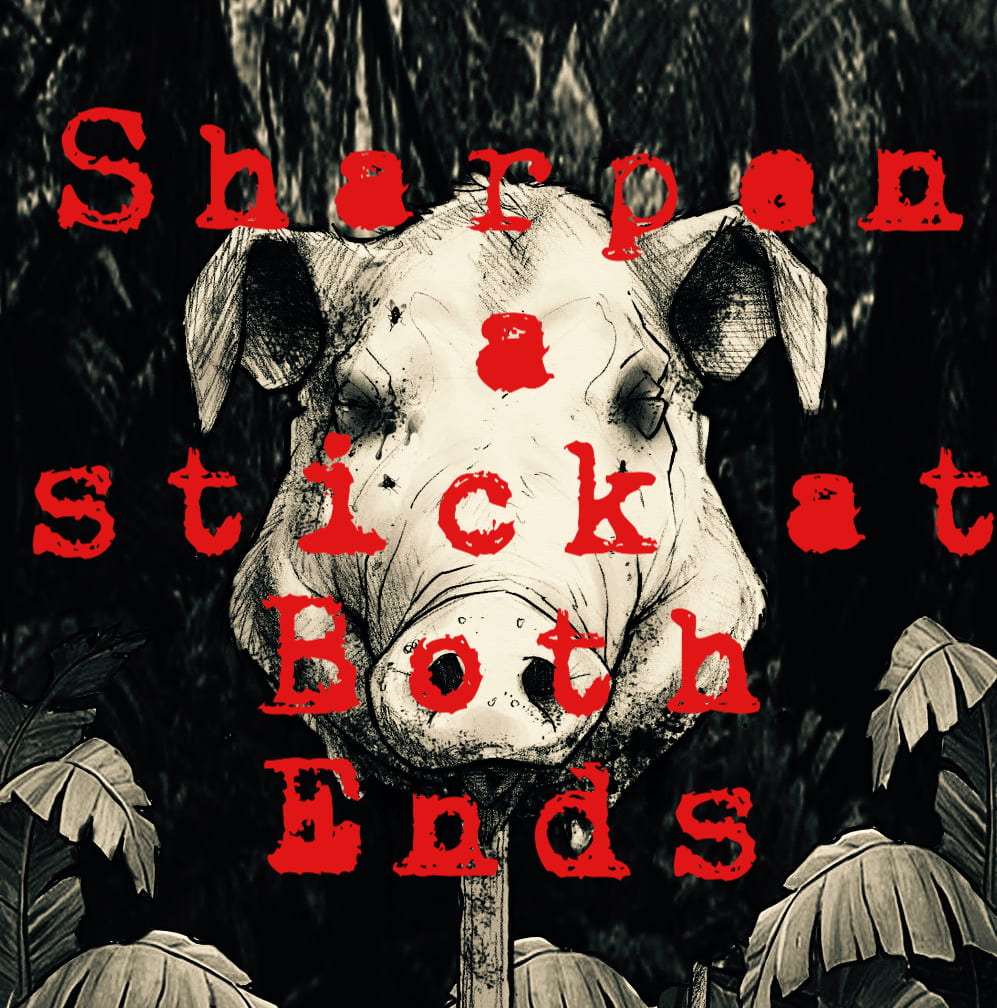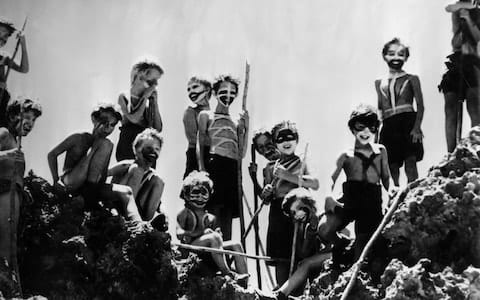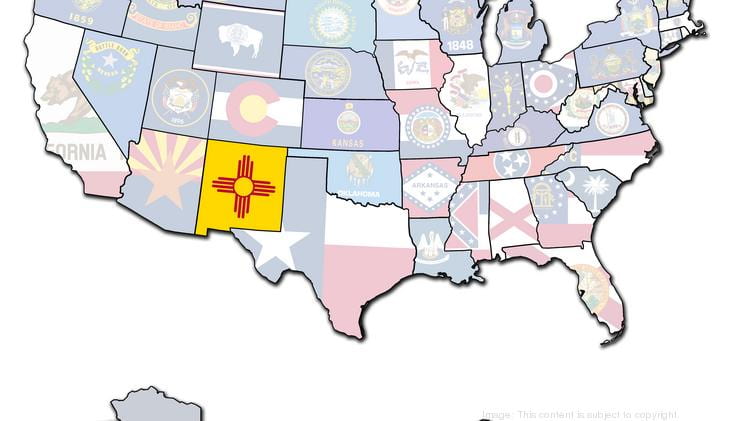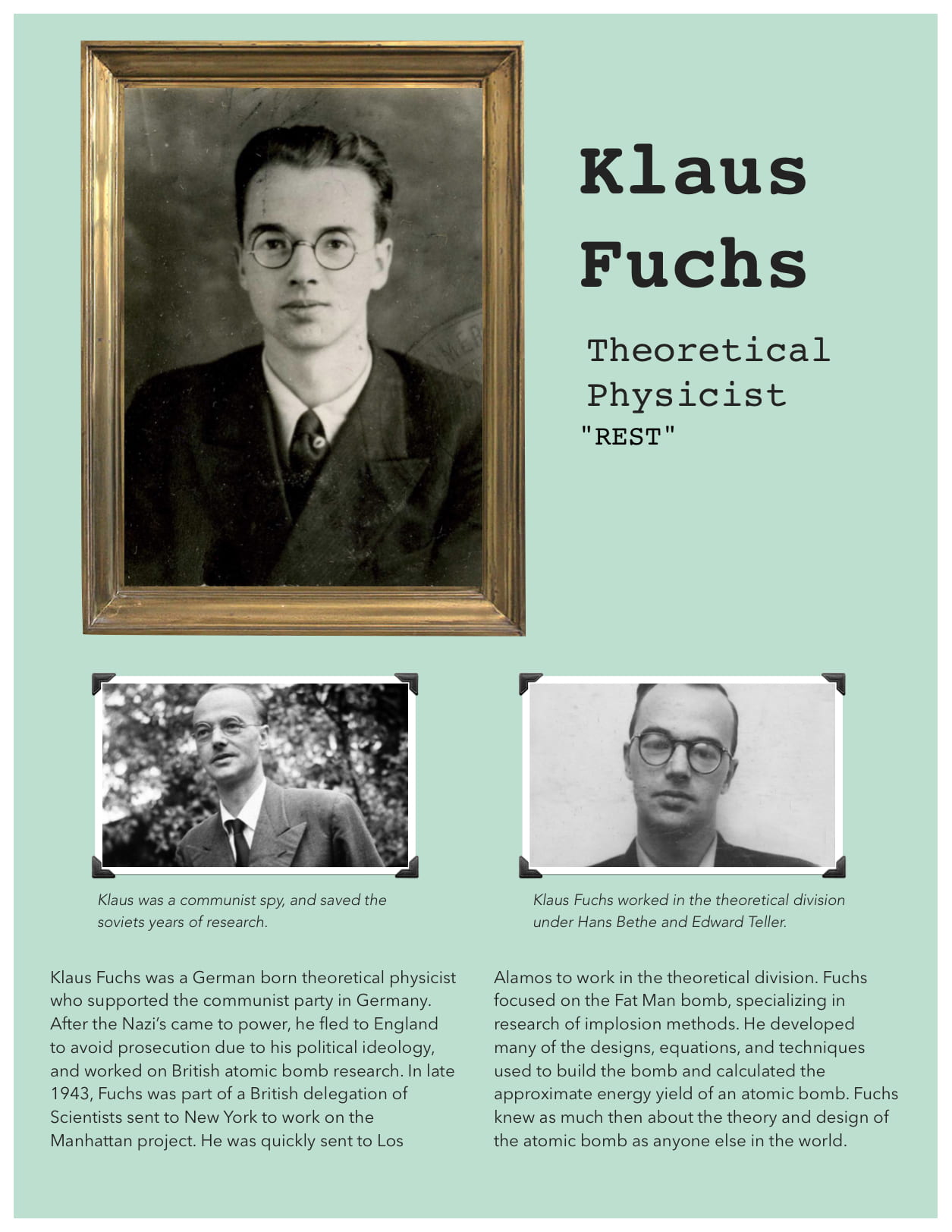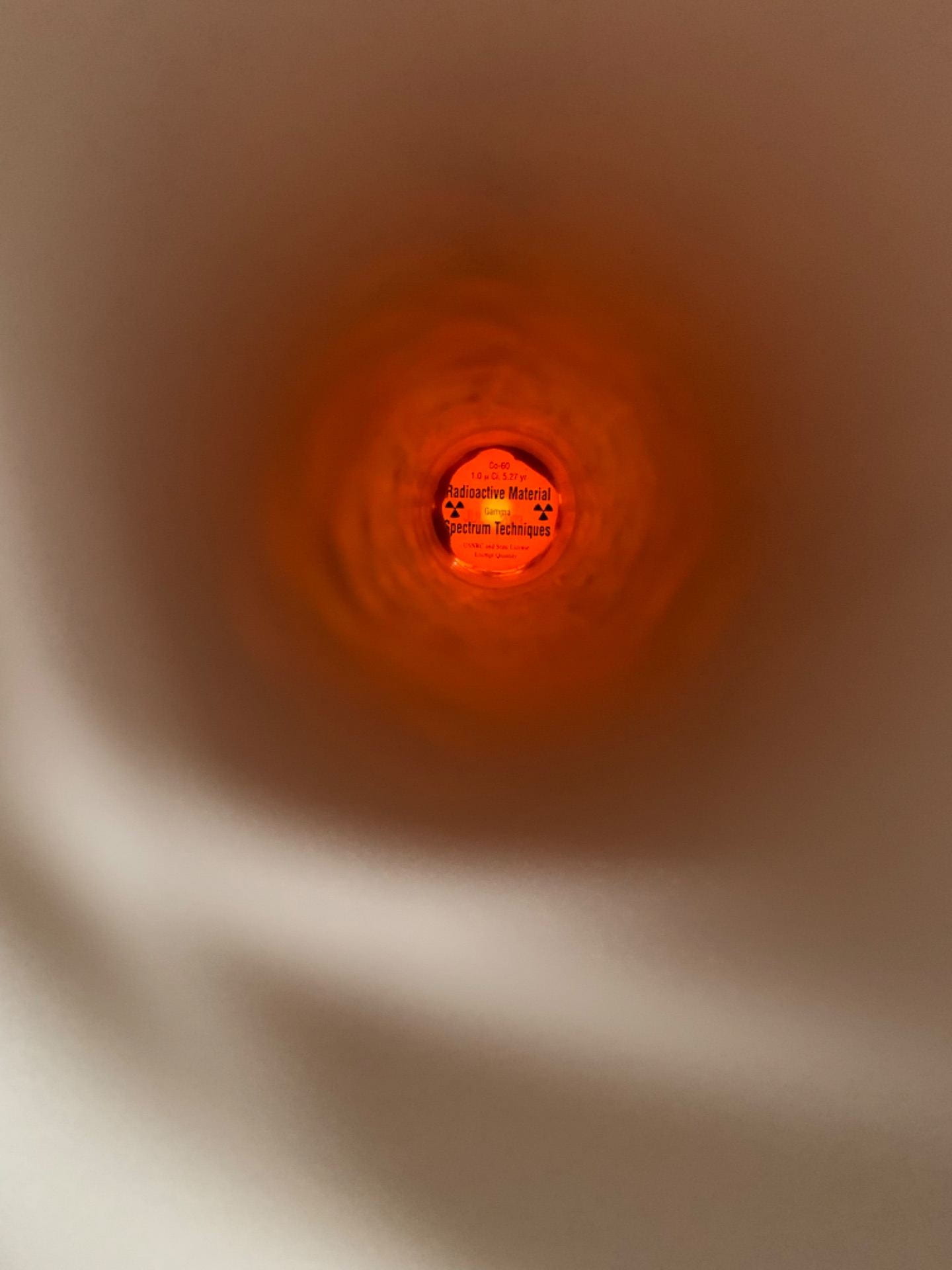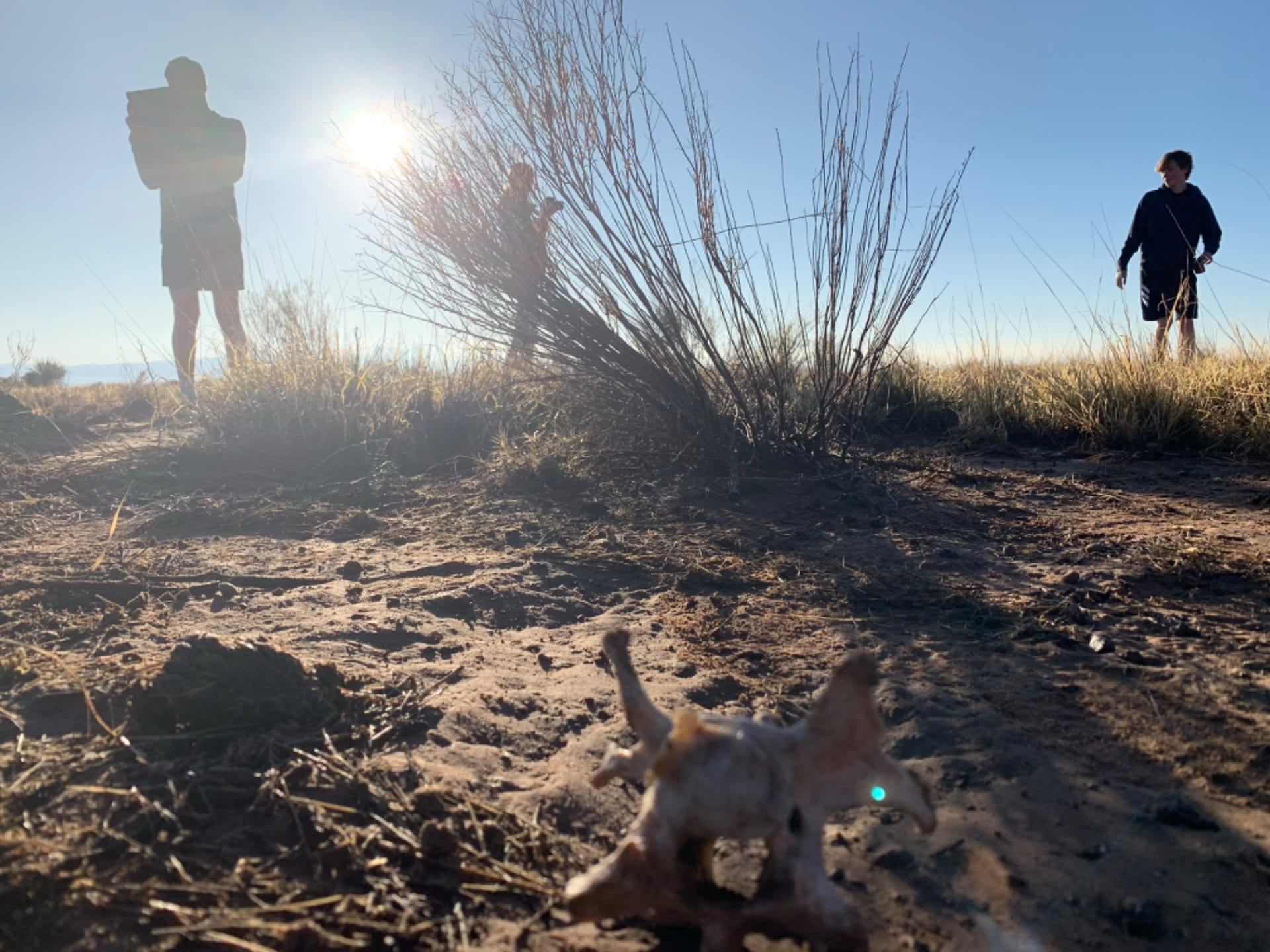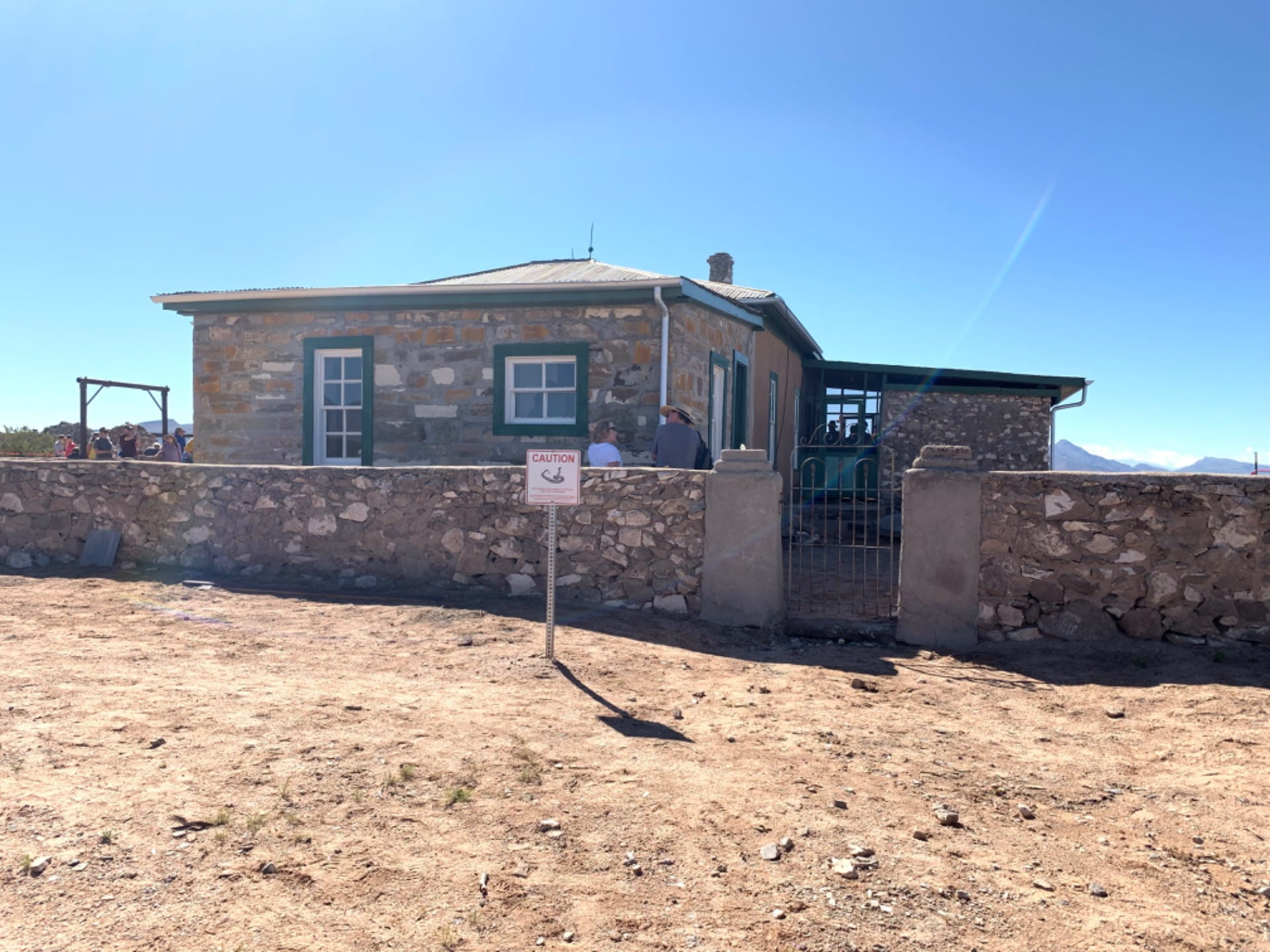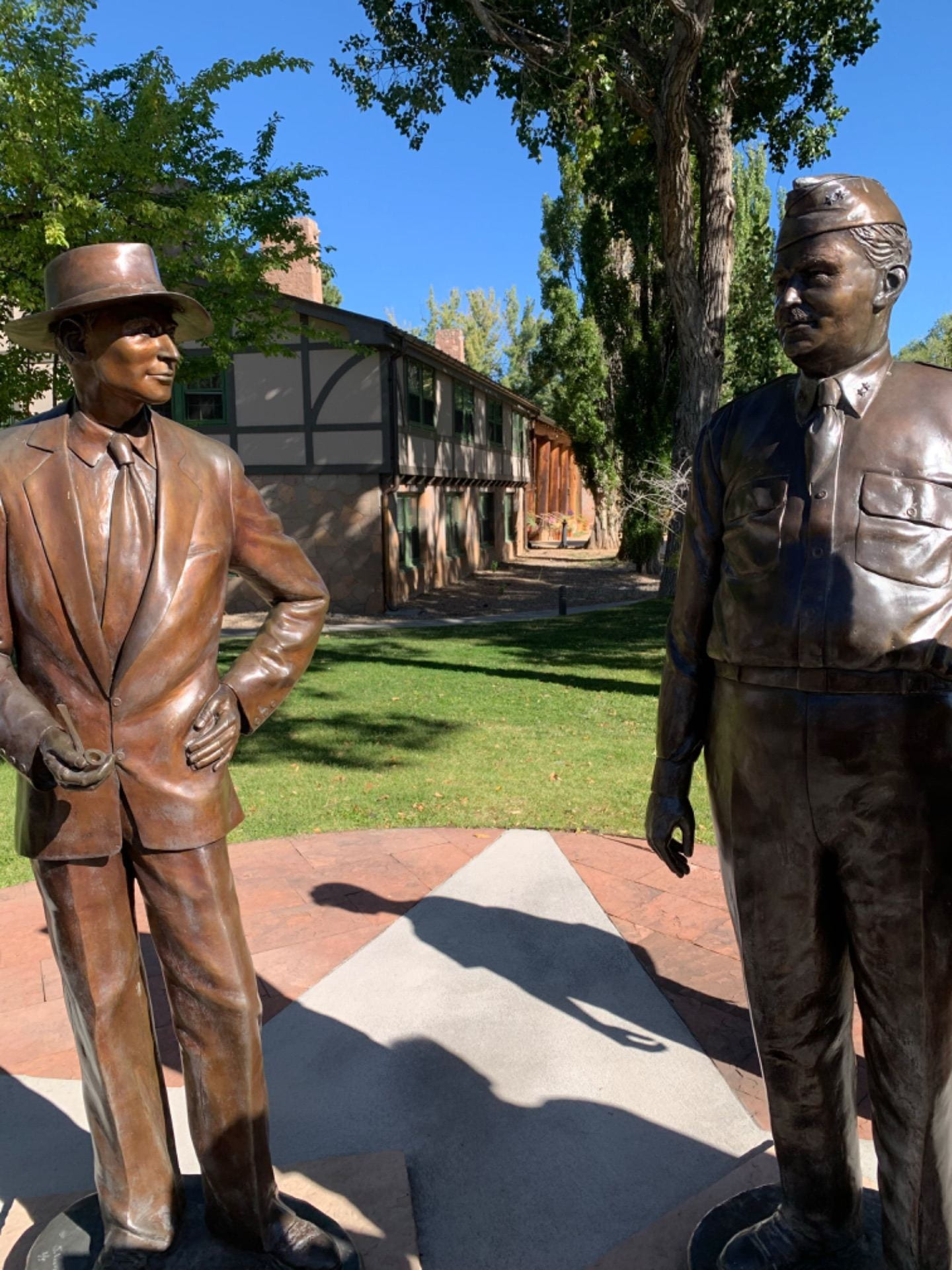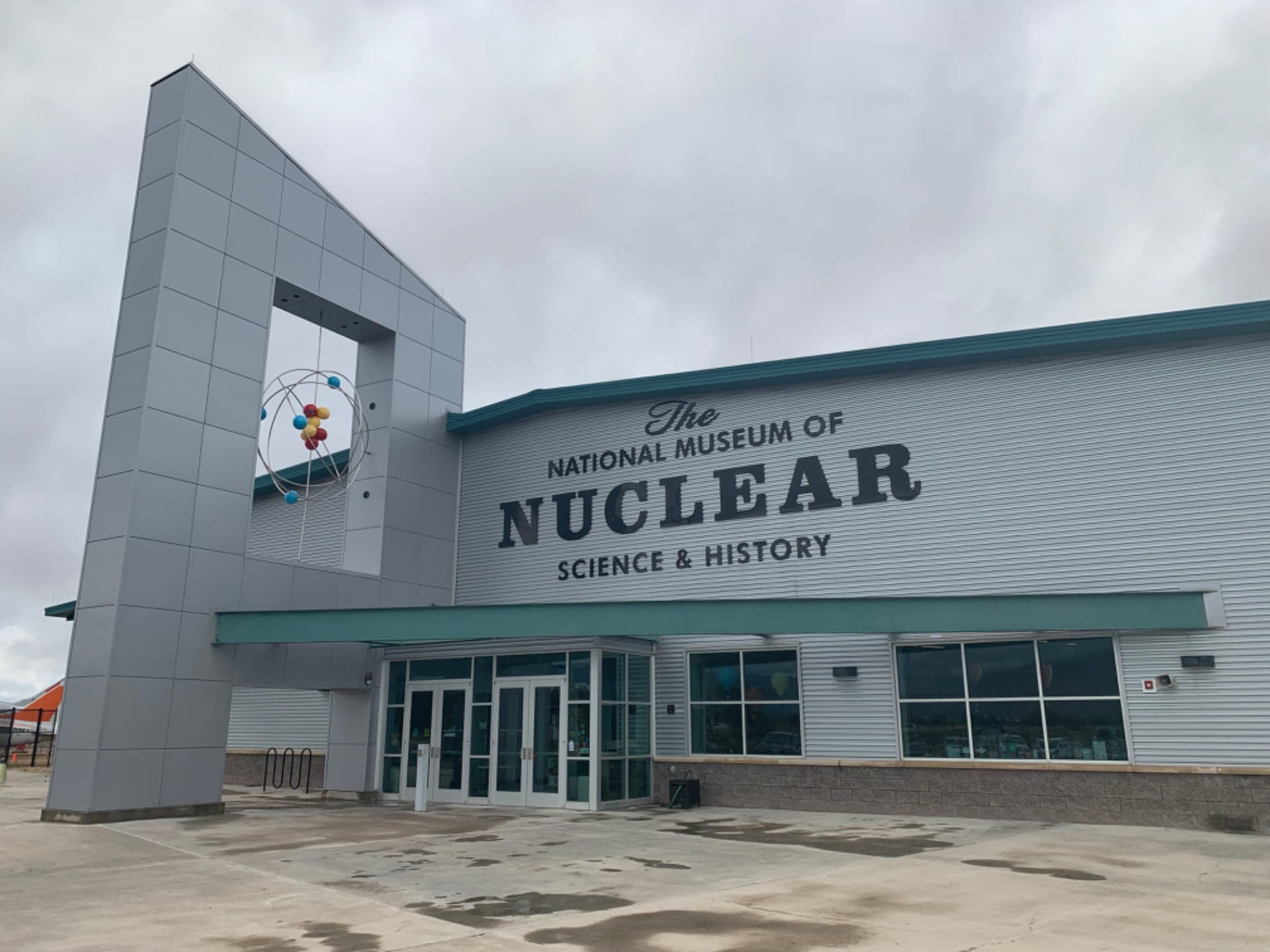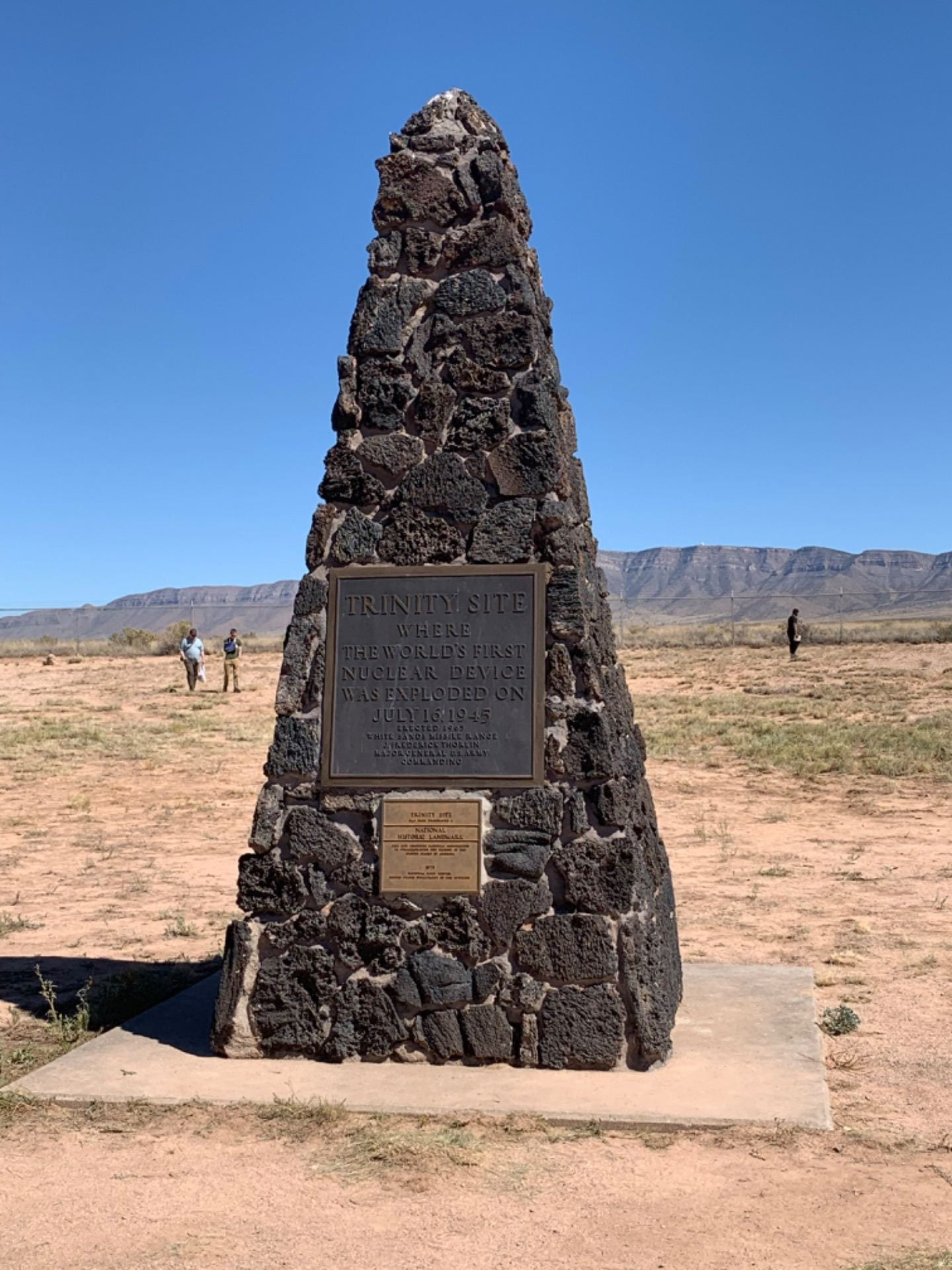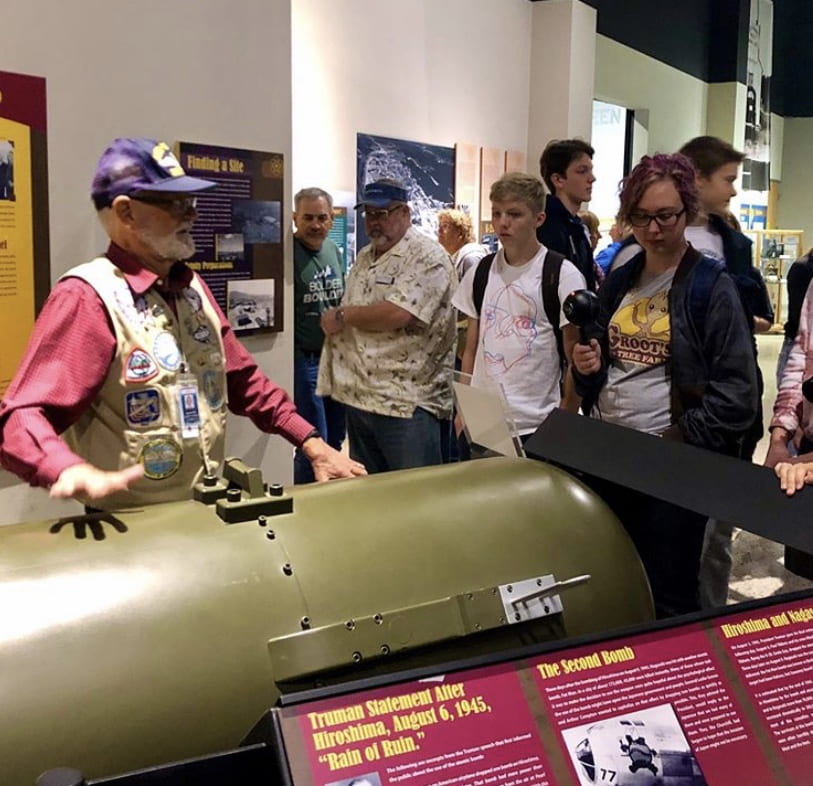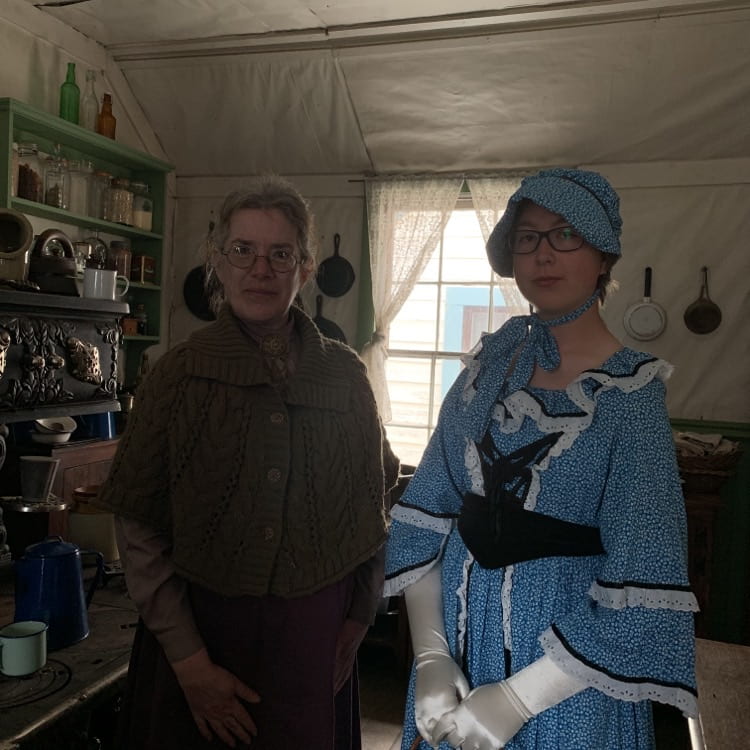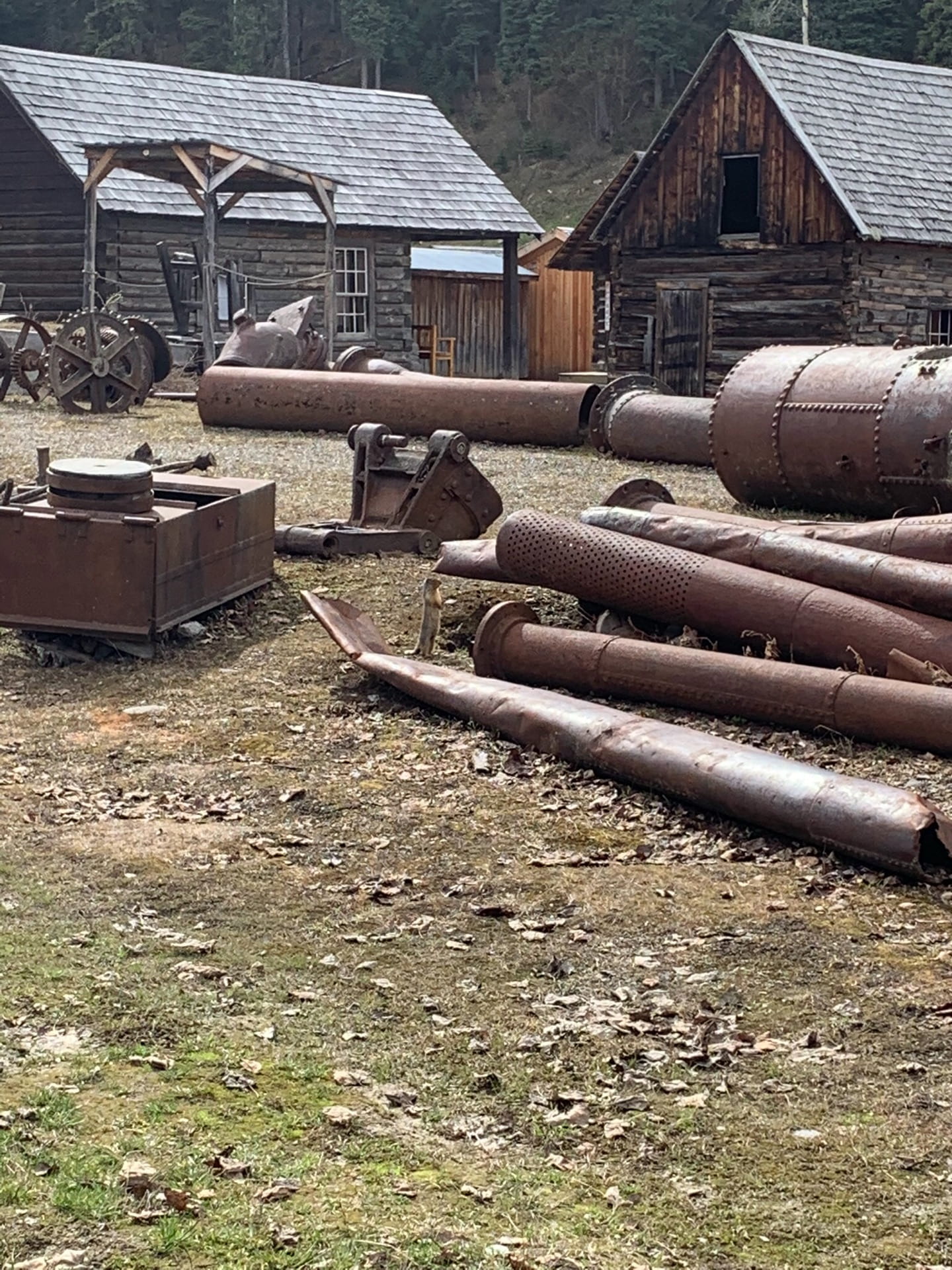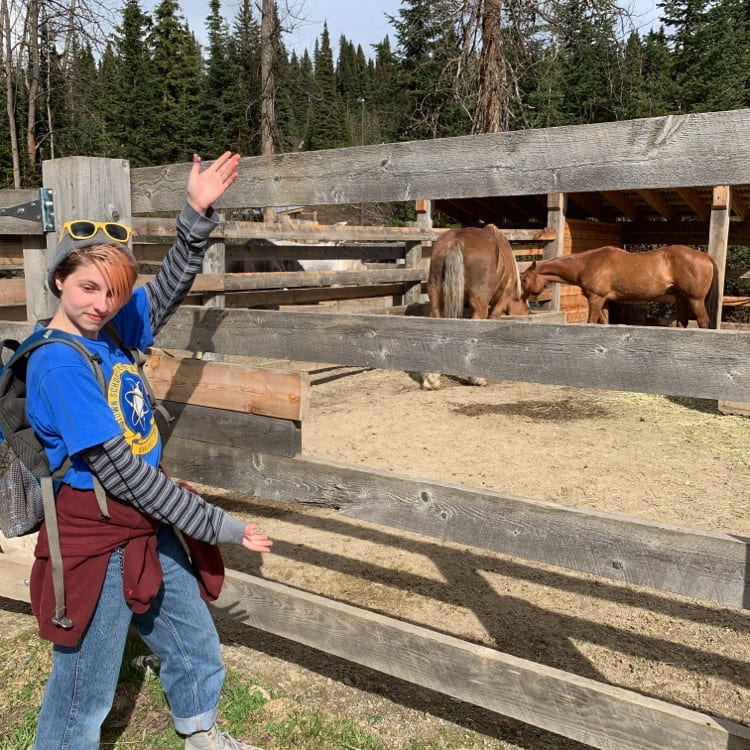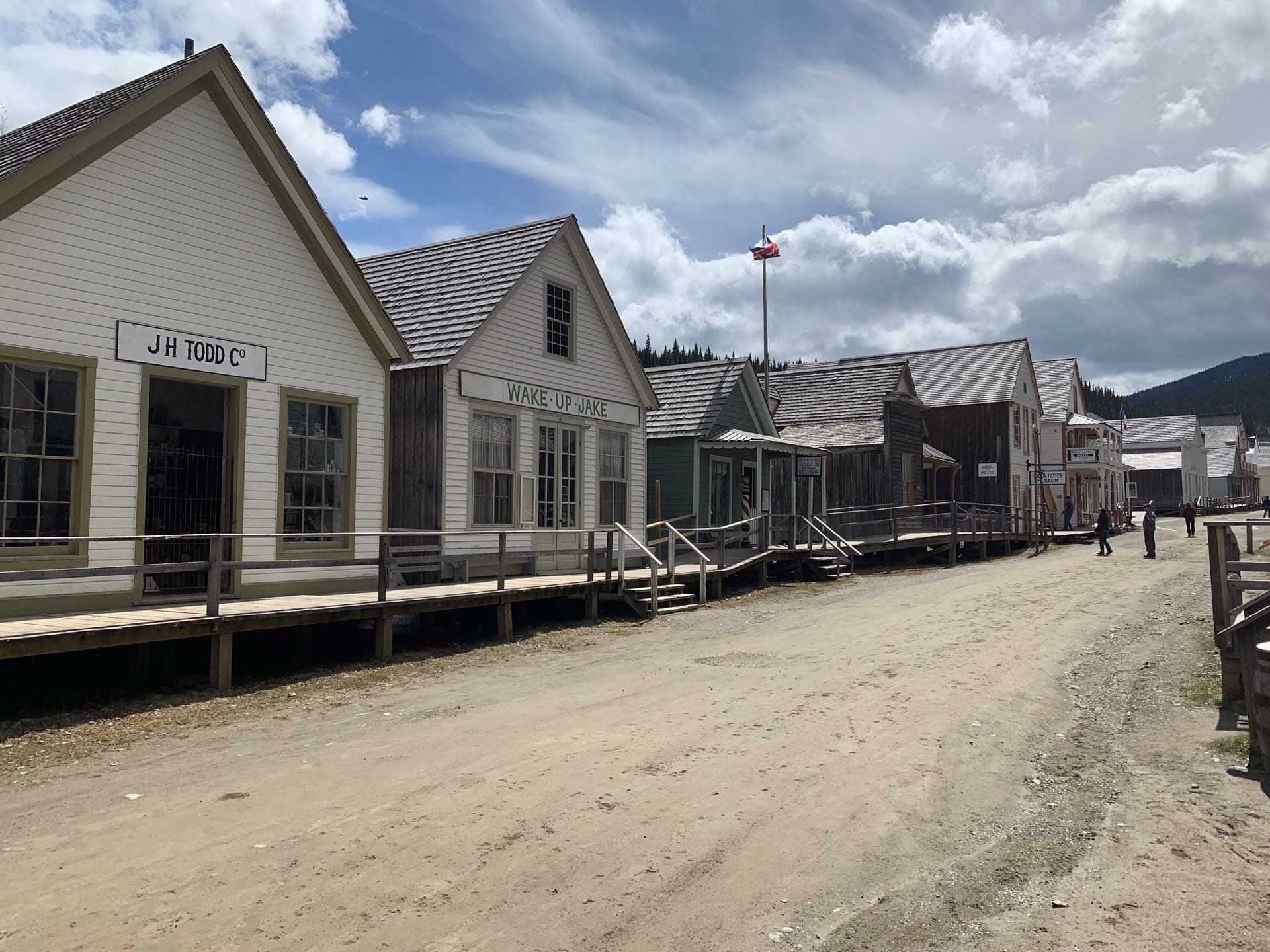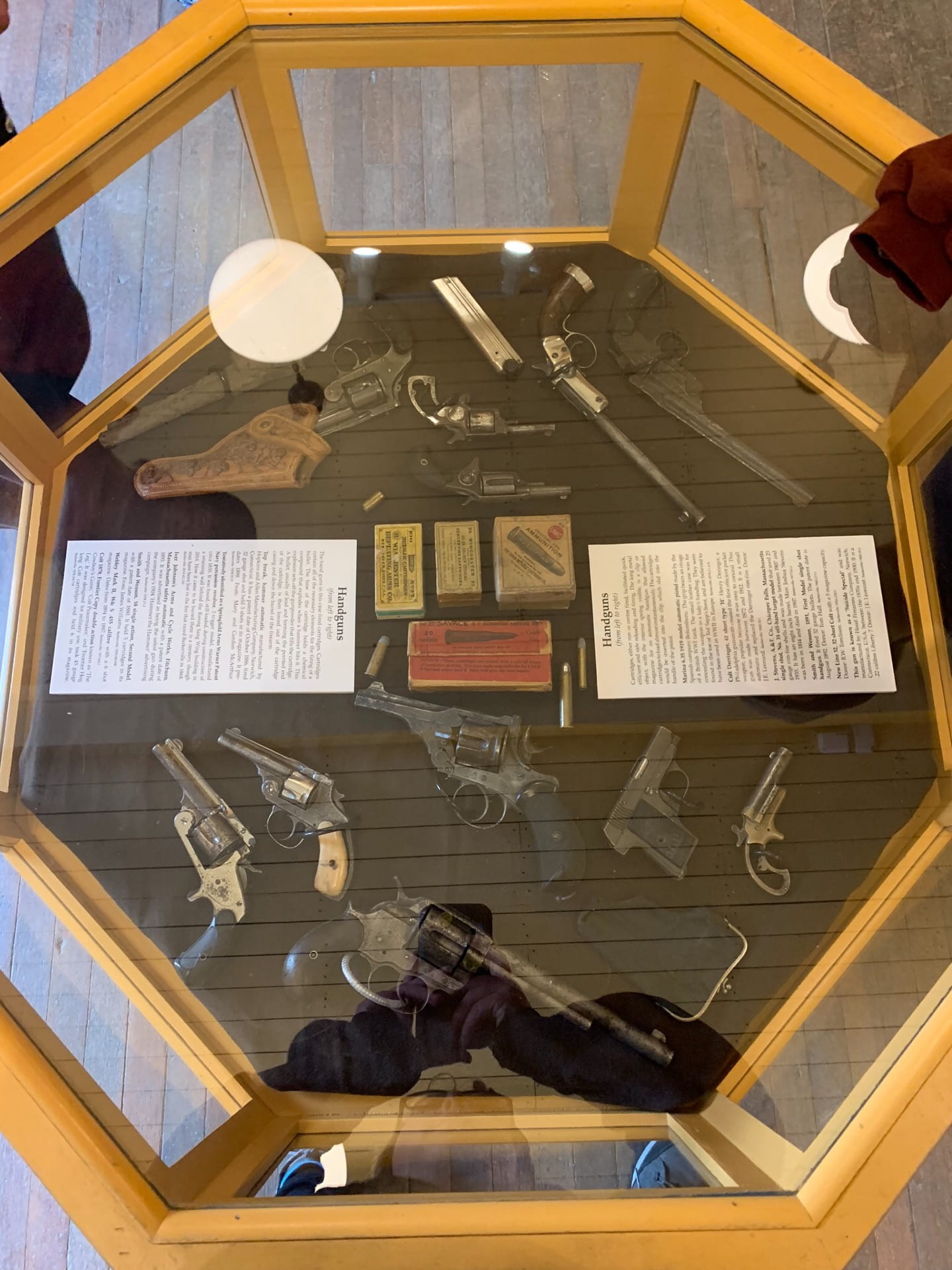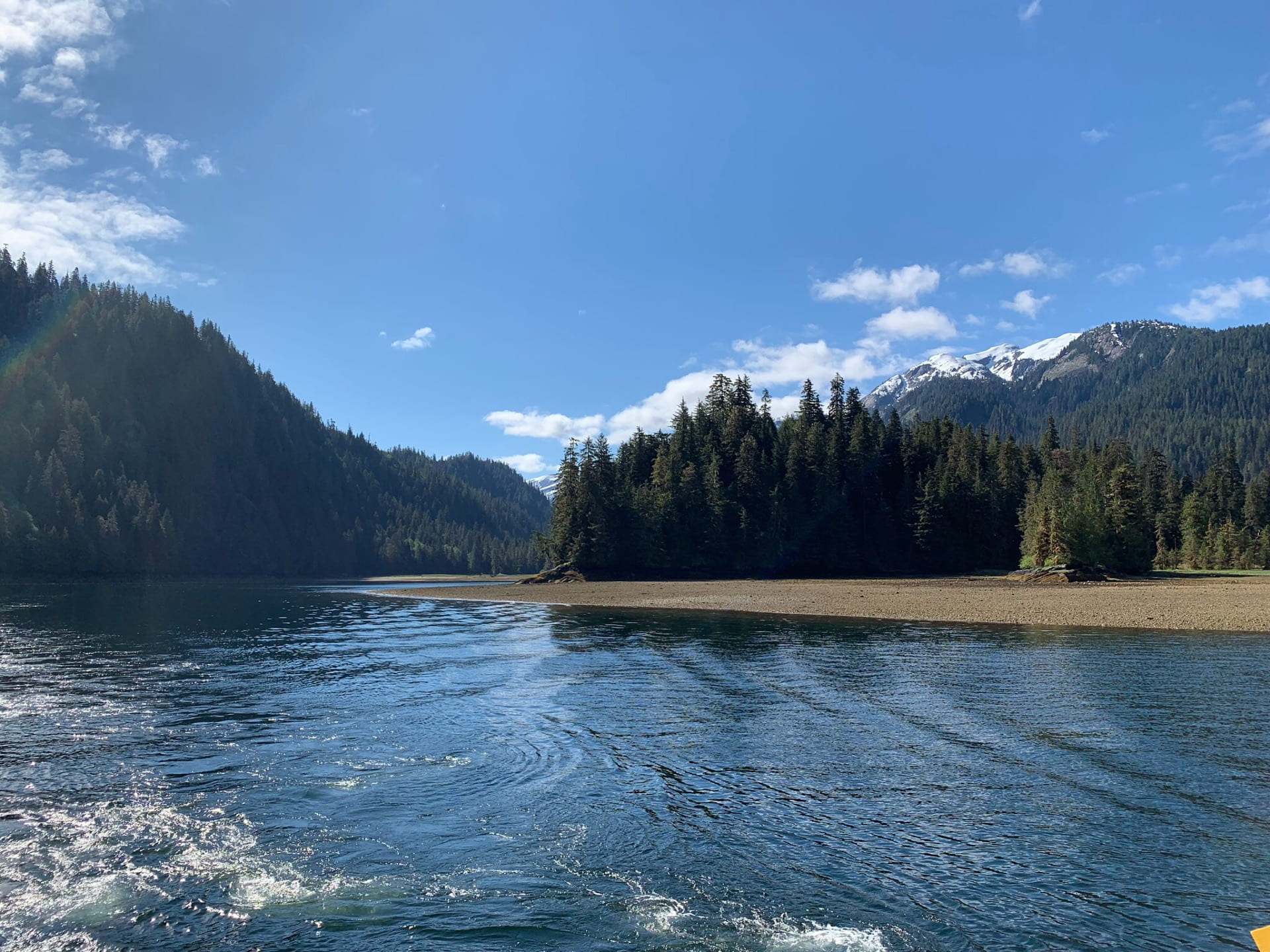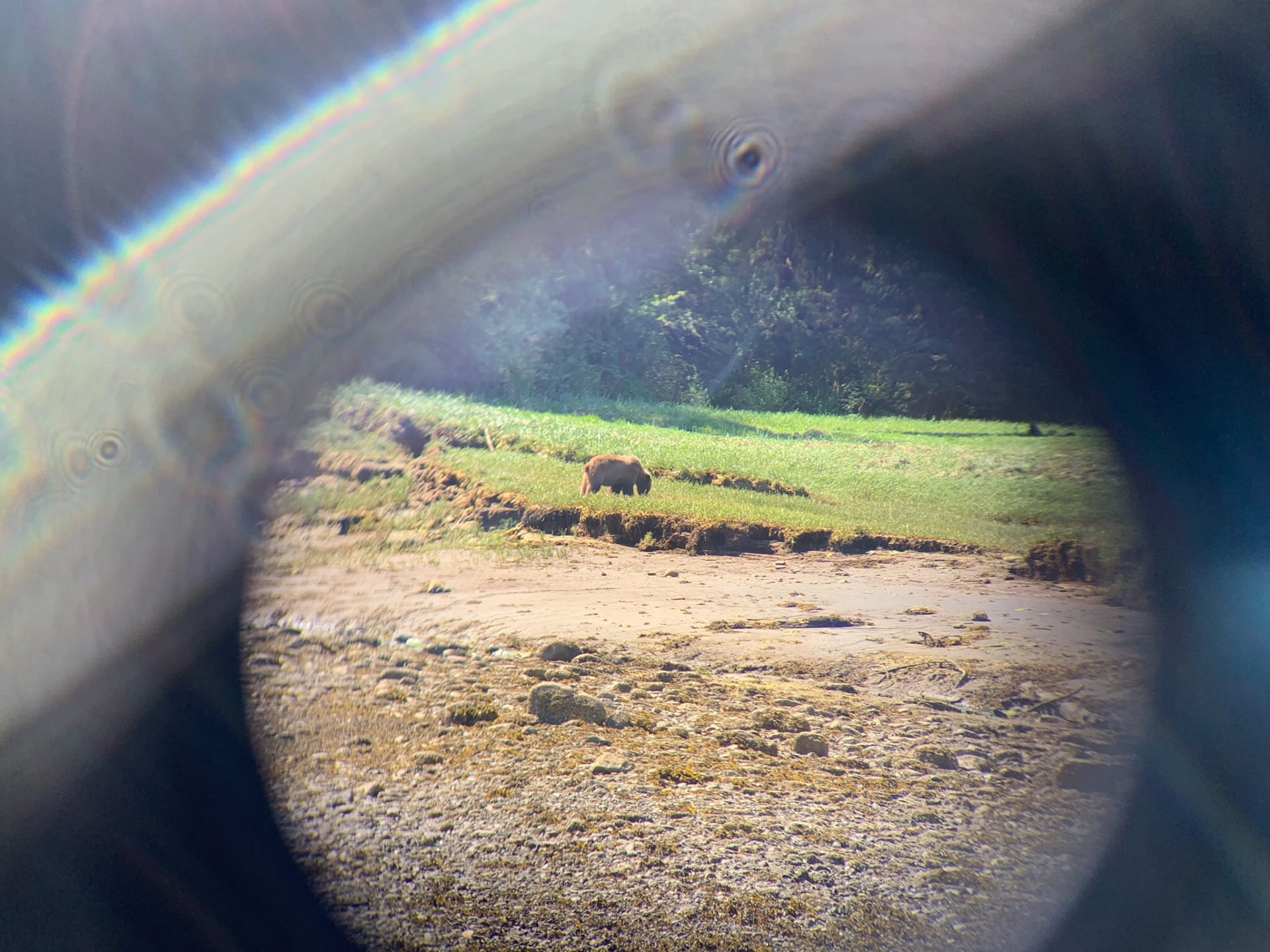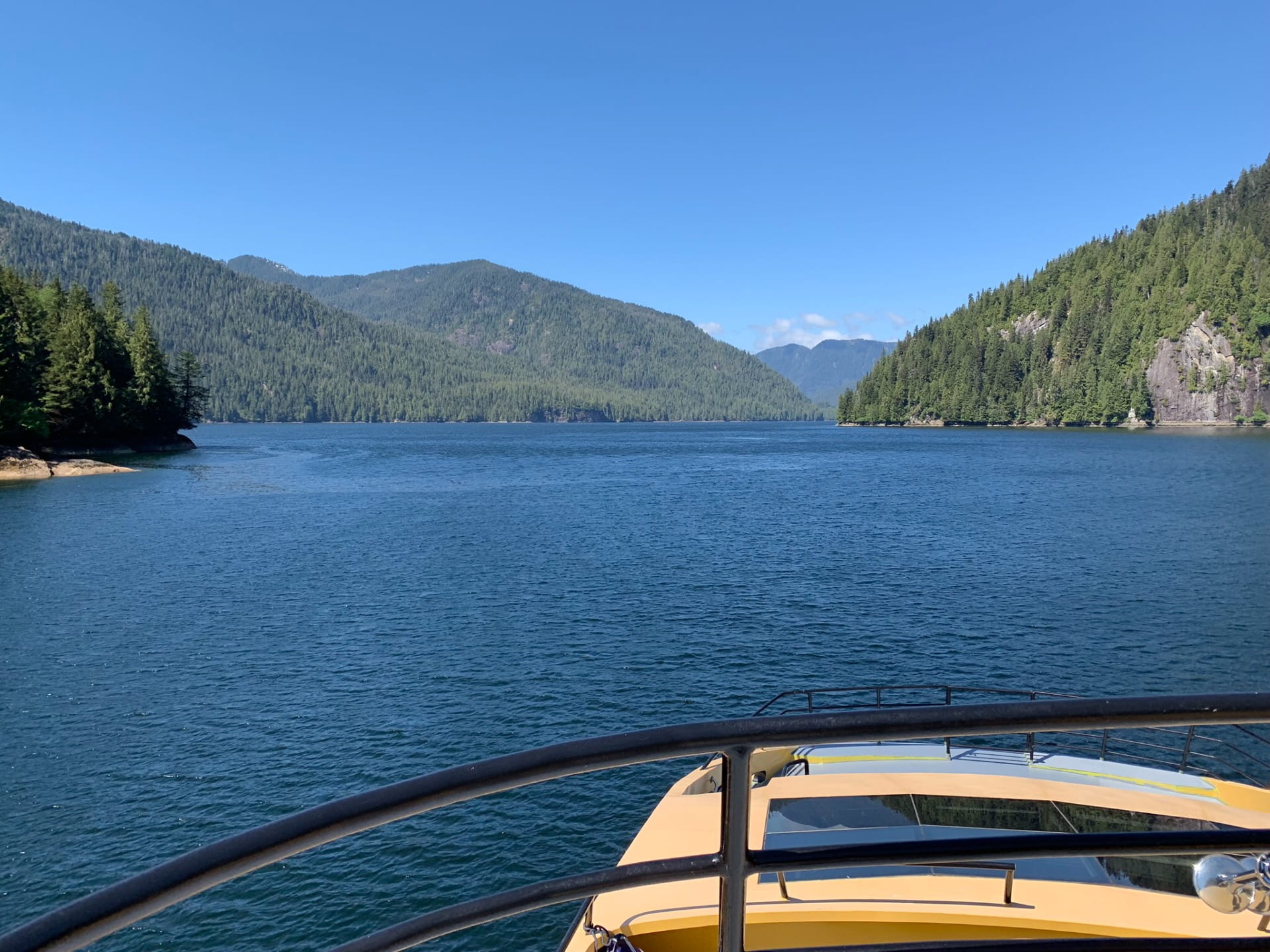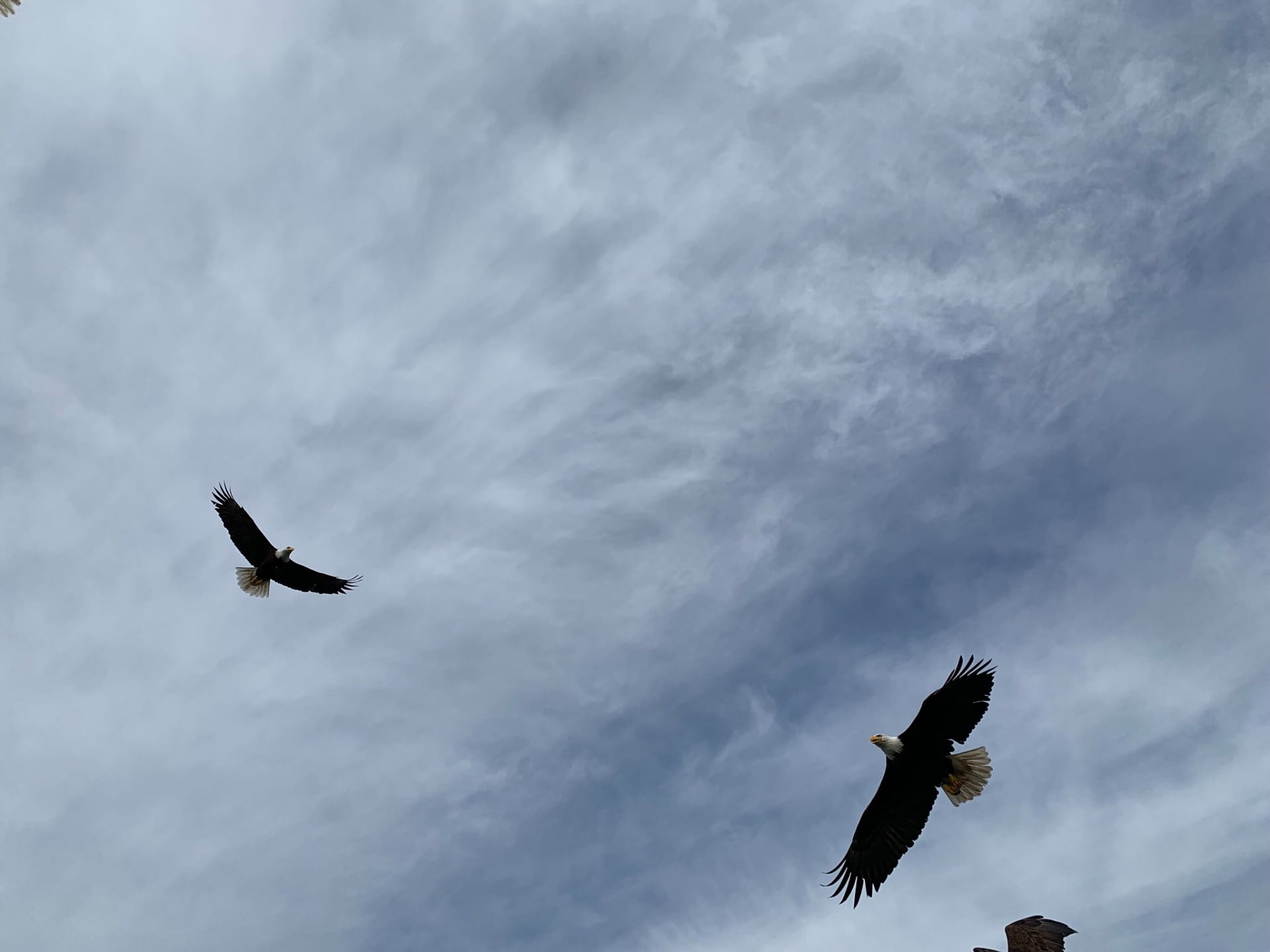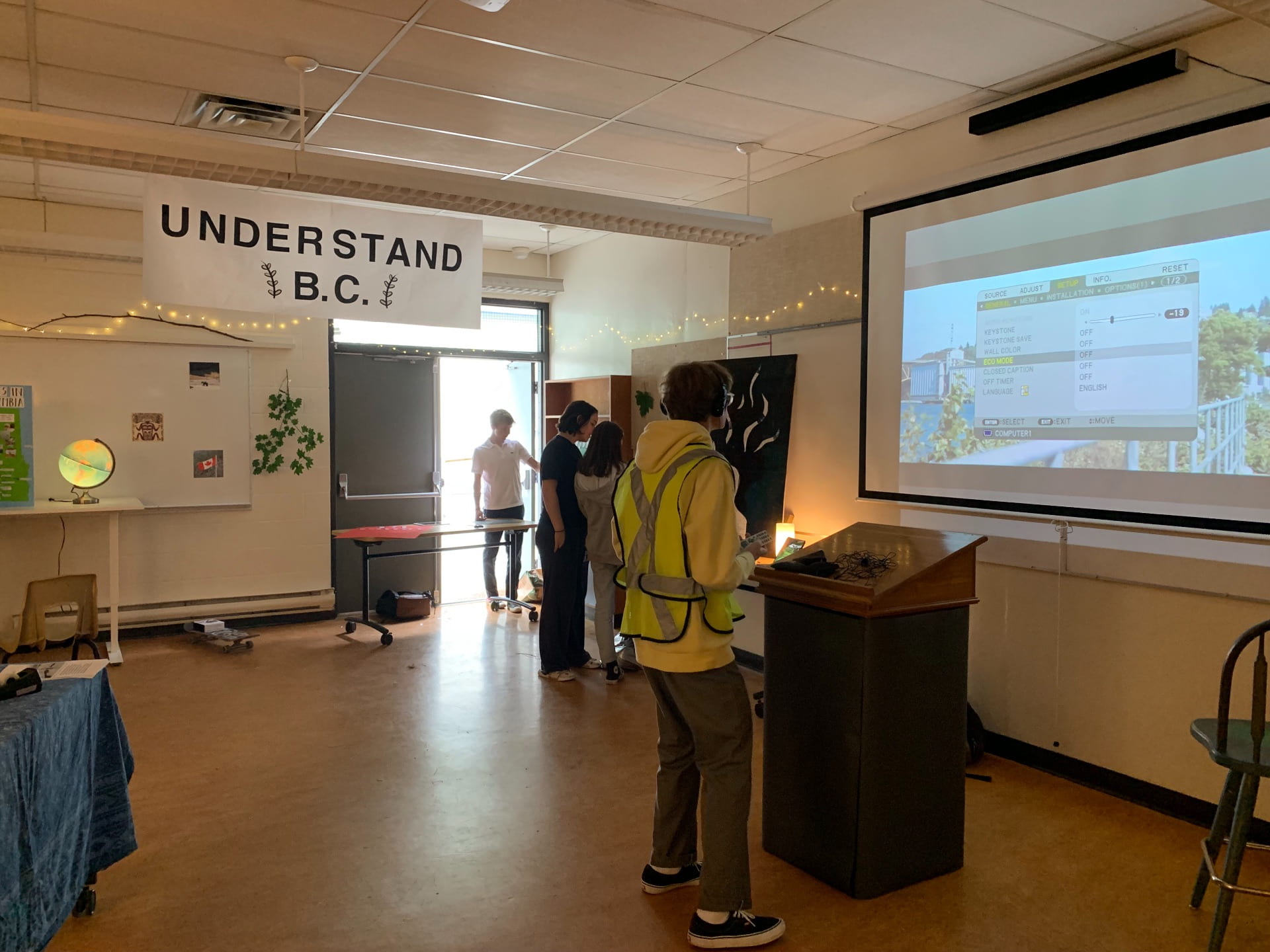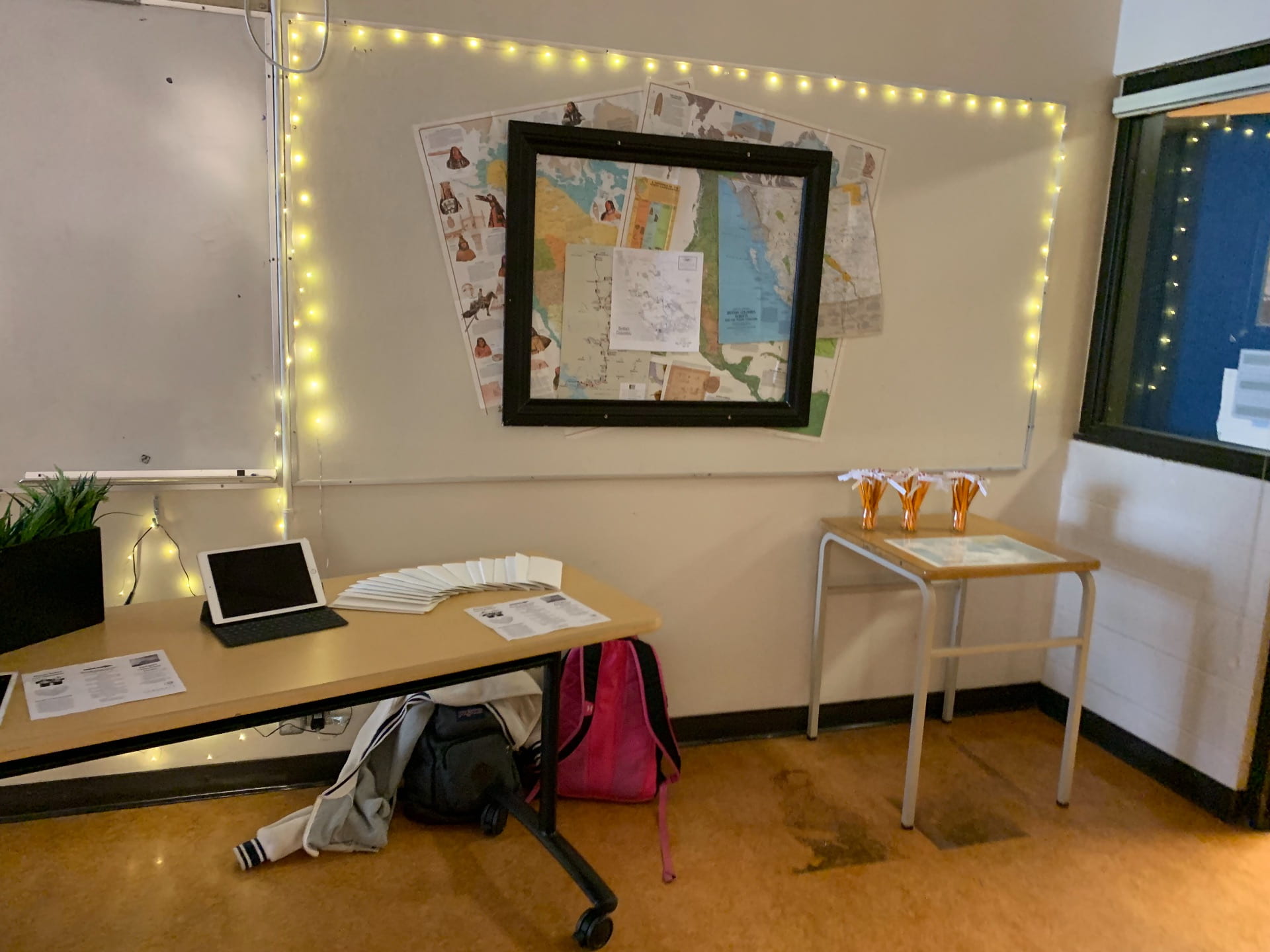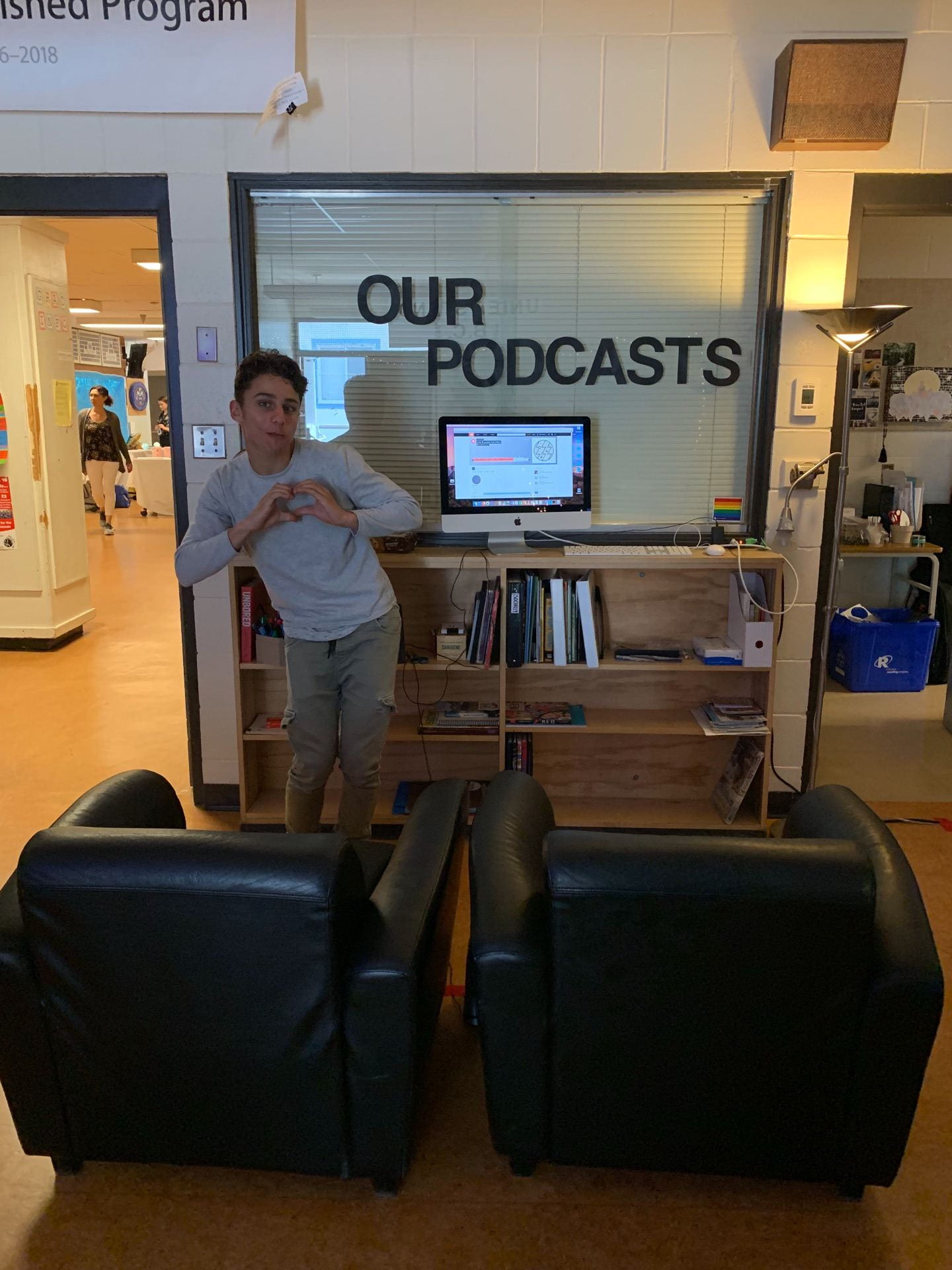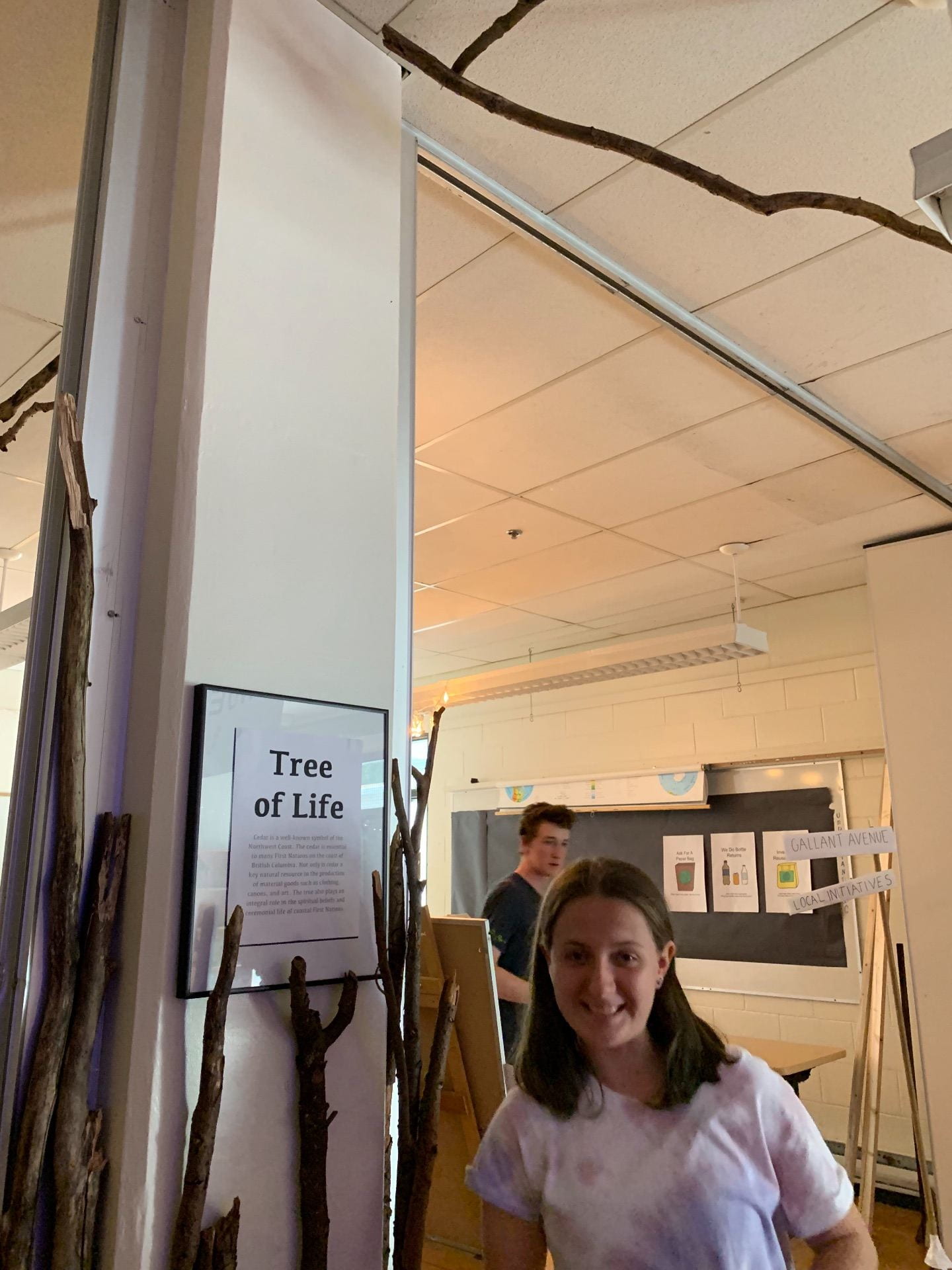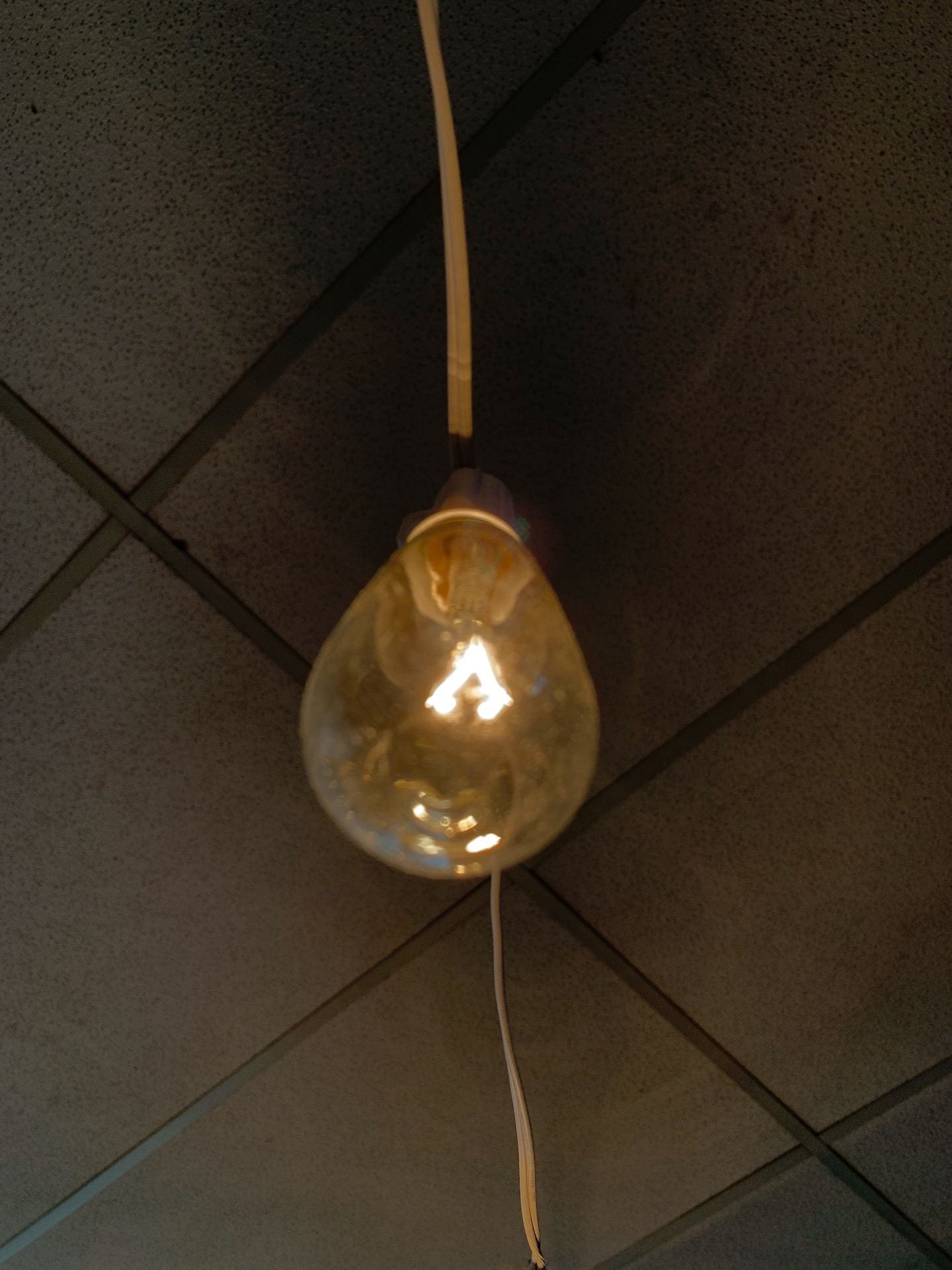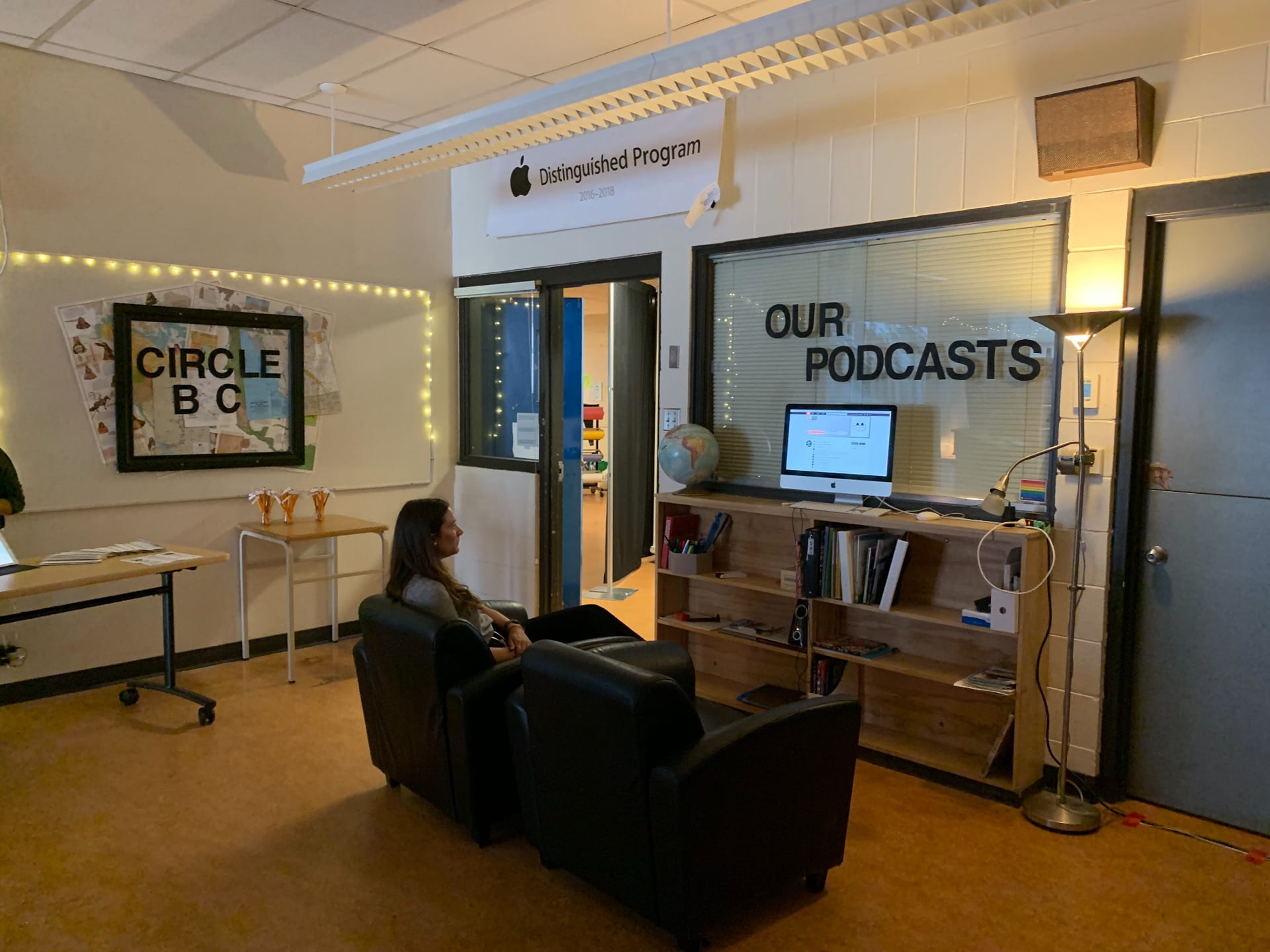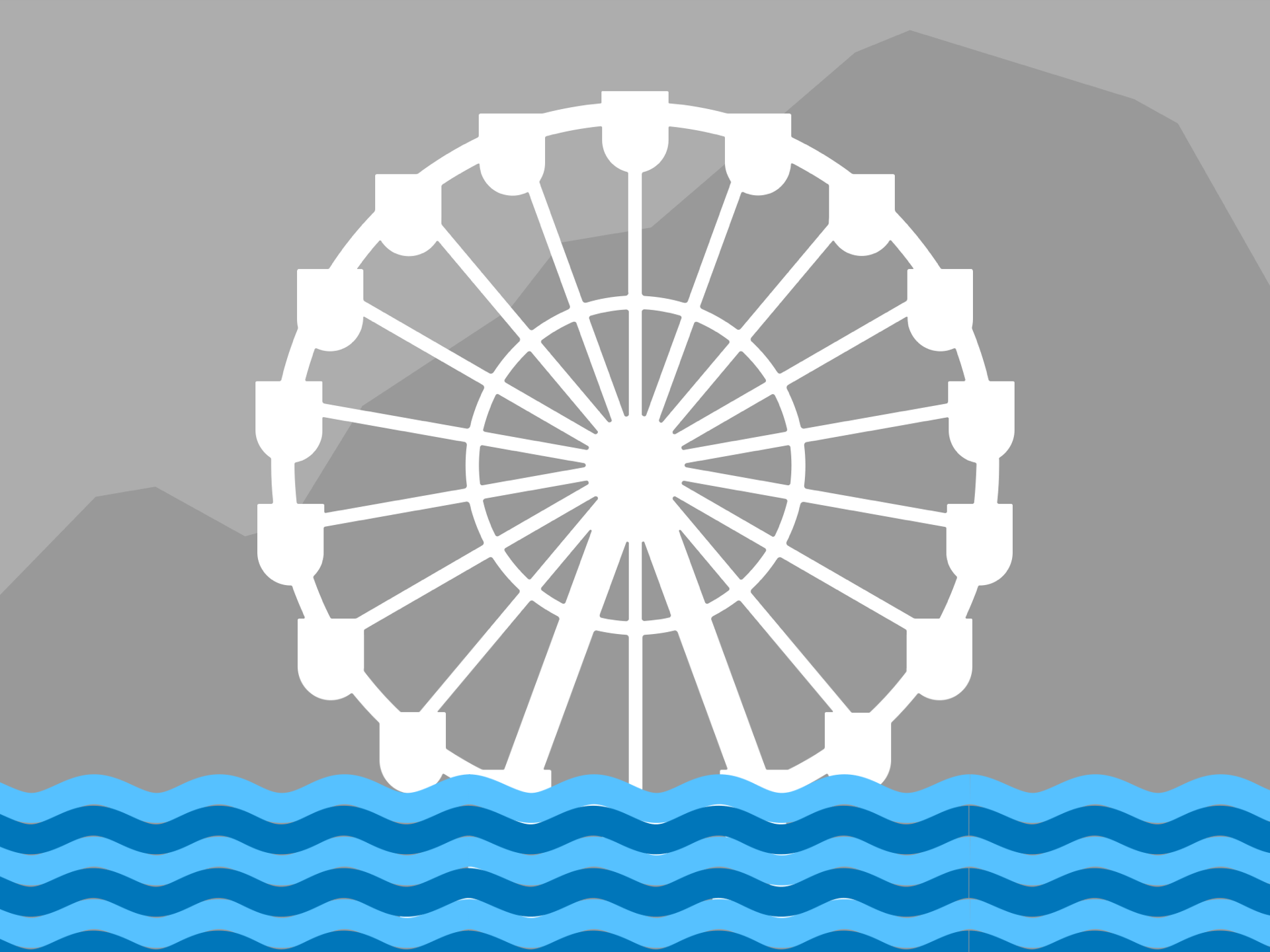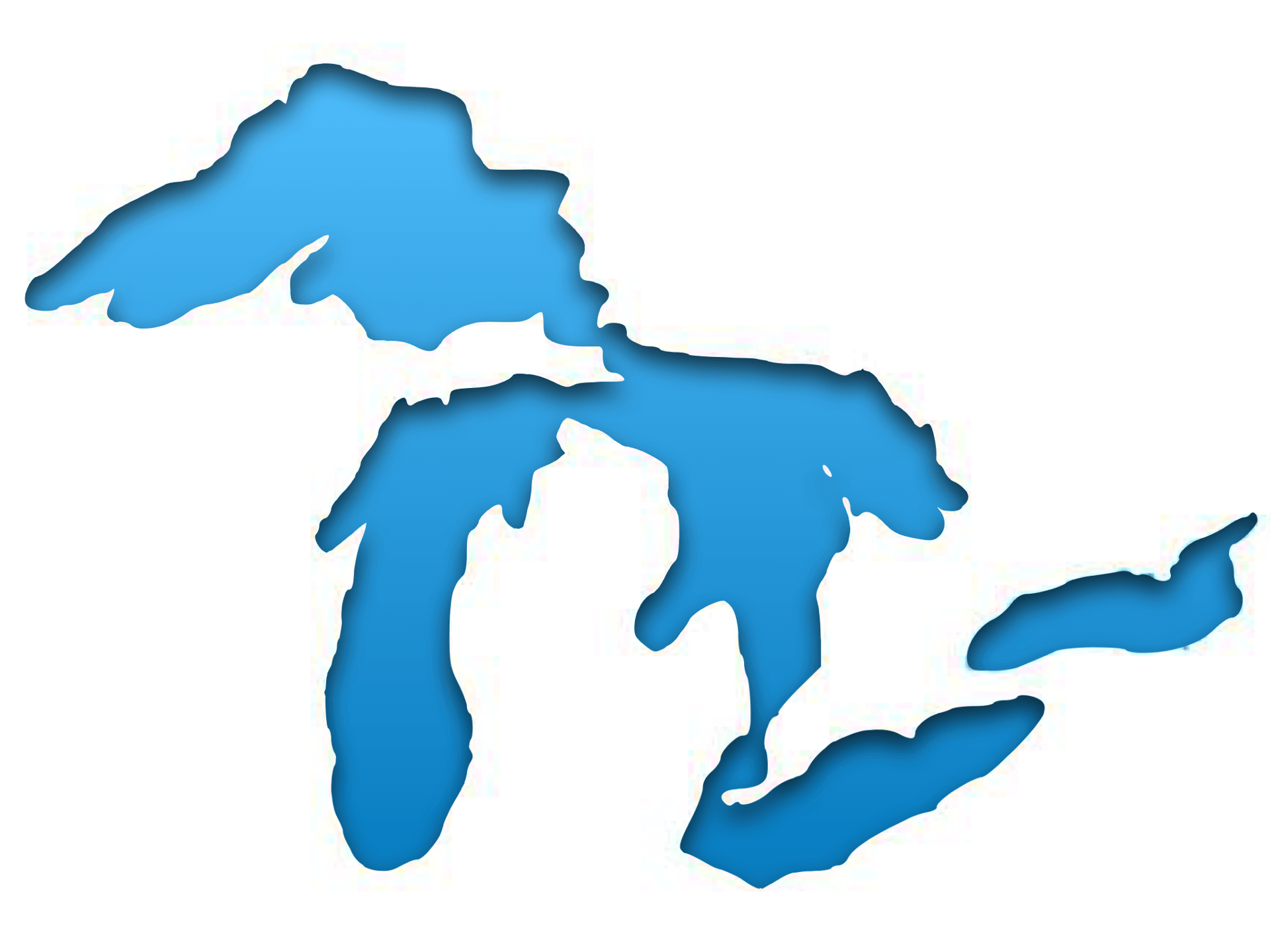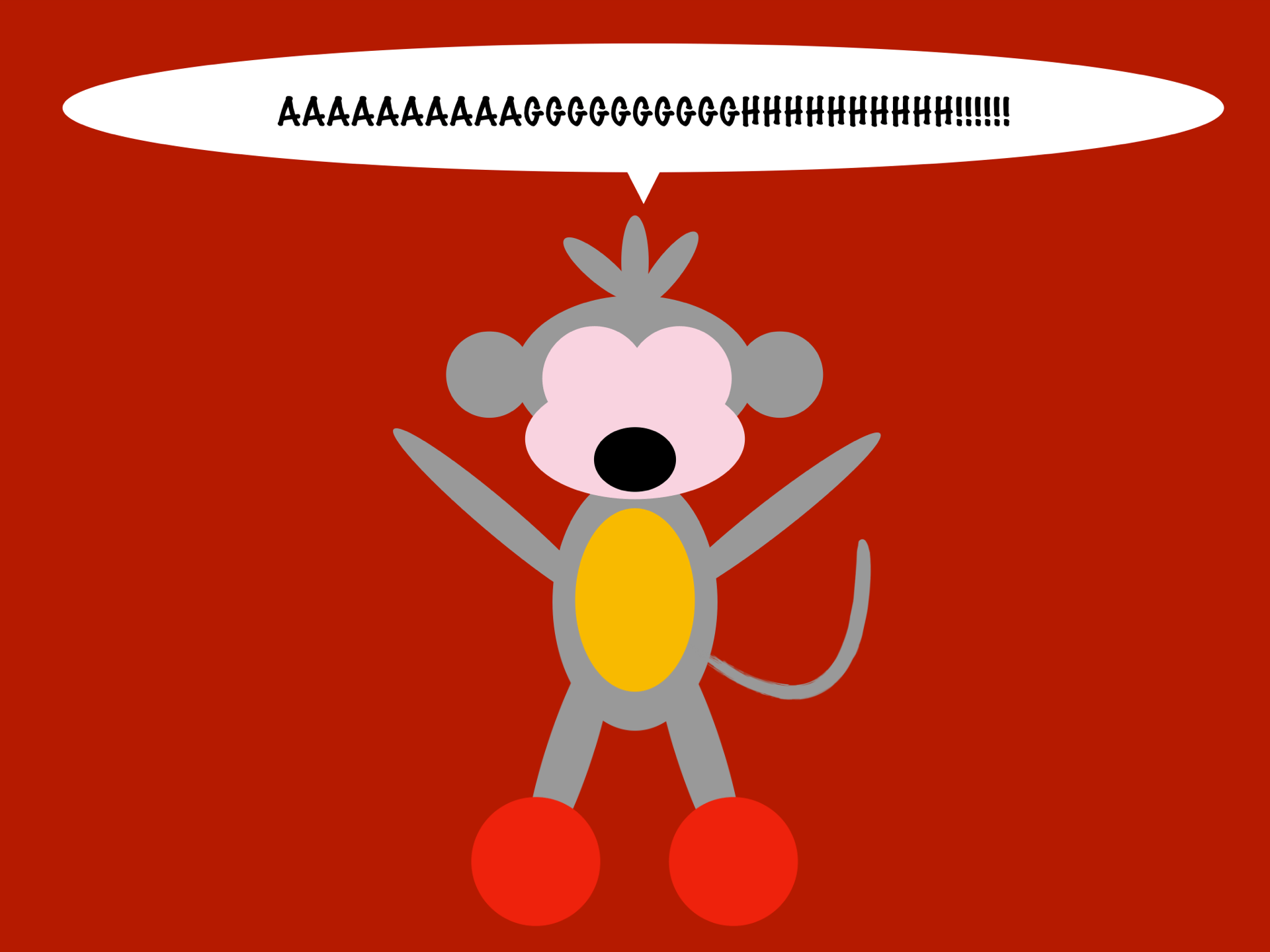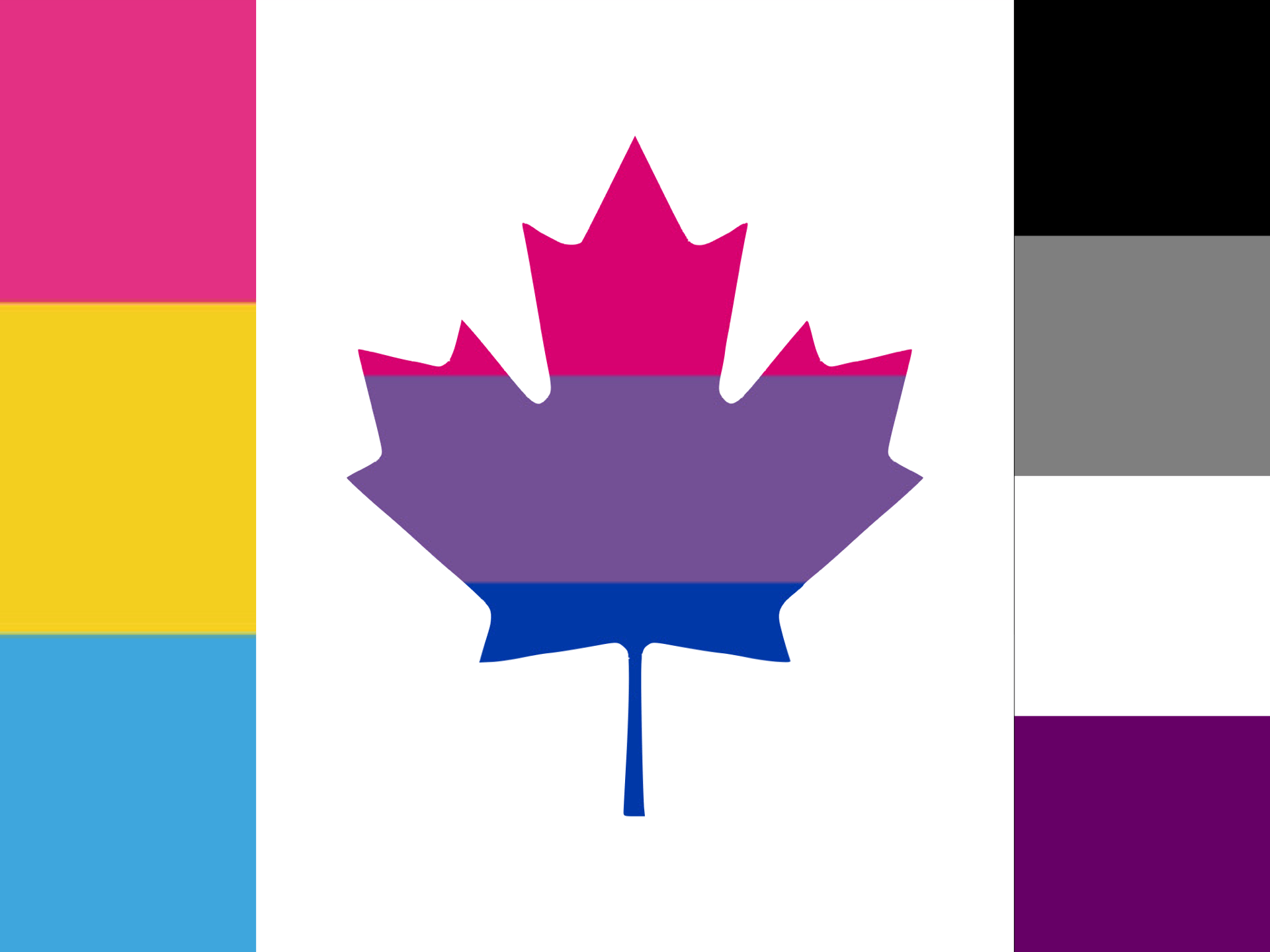Star Wars is a huge franchise. With over 10 movies, multiple television series, and more merch than anyone can comprehend, Star Wars is a huge part of pop culture today. To make something like these movies, it you create another universe, full with food, culture, and religion. For this year’s winter exhibition, we pulled upon this amazing world to create a Star Wars Exhibition!
Now, if you’ve followed my blog for a while, or PLP in general, you will note that this is the second time our class has done a Star Wars exhibition. Being that as it was, we couldn’t just do the same project again. Also, in the past we have done the Star Wars exhibition in our Maker class. This year however, we do not have that class, and so we had to connect Star Wars to something we would learn about in regular class. And so our teachers did.
How can we use poetry to reflect our perspectives on people, places, issues, and beliefs?
Yay, poetry. Poetry, but with a historical context.
In the 1950’s, a wave of disgruntled writers started a movement we now know as Beat Poetry. They used their experiences, being put down by the world, the after effects of World War 2, and many others as inspiration for their work. It was performed in poetry clubs, often accompanied by jazz. This is where we found our connection to Star Wars.
The ambiance of the Catina on Tatooine was similar to that of a poetry club in the 1950’s, and so our project was formed. On the night of the exhibition, we were to create the Cantina and present poetry! But to do this properly, we first had to learn more about Beat Poetry, and the Beat Poets themselves.
 For this part, we were each assigned a beat poet to research. I was assigned ruth weiss. Her story is extremely influenced by the Second World War, and she continues to inspire us today. You can read more about her in the document I’ve attached.
For this part, we were each assigned a beat poet to research. I was assigned ruth weiss. Her story is extremely influenced by the Second World War, and she continues to inspire us today. You can read more about her in the document I’ve attached.
The next big part of the project was writing the poetry. We had to learn about different poetic devices. This was not the first time we did this, we had a poetry unit a few years ago. This project was more free form, and we went deeper into a specific form of poetry. Beat poetry is often free form poetry, without rhyme or structure.
It was really cool to have this freedom within writing our poems. Our only limitations was our driving question, How can we use poetry to reflect our perspectives on people, places, issues, and beliefs? Writing poetry in this way was honesty kinda fun. One thing I friend to keep with the vibe of beat poetry was a little bit of aggression. Many of my poems were argumentative, challenging the social norms and such.
Now comes to the Star Wars bit. For the smoothest operation of this, we were divided into groups. I was in food and beverage. The idea of dividing us into groups was a really smart idea, I think. It made sure we all did our part, and that no department got forgotten about. Food and beverage was actually super fun. Our group was Jesse, Maggie and I, so we worked really well together.
The food we made was really good, and took a lot of time, with regards to research, and the actual making of the food. We wanted to make the food authentic, so we did quite a bit of research about food on Tatooine. We had Ahrisa, which were small multigrain bread rolls we made, hubba gourd, which was cut-up cantaloupe, and dustcrepes, which were spanakopita rolls that again we made. Finding the recipes and making the food took a considerable amount of time, but it was really worth it.
On the night of the exhibition, Jesse, Maggie and I were working behind the bar. Setting up the bar took a considerable amount of time, but in the end we were able to actually have people order drinks from the bar and serve them. All the drinks we served, while non-alcoholic, were based on ones from Tatooine. We had a bit of an issue with ice, but other than that, it went really well.
One of the cool parts about doing a Star Wars exhibition is the day after. Once we have put all this intense effort into this project, we get to go see the new Star Wars movie, in this case The Rise of Star Wars. It was a really fun time, and it was very rewarding to see finally what we were working towards. PLP is such an amazing program, and I don’t think there’s anything quite like it!
Now finally to the nitty gritty stuff; assessment. For this project, we were focusing on two curricular competencies.
Historical Perspective: Explain and infer different perspectives on past or present people, places, issues, or events by considering prevailing norms, values, world views, and beliefs.
Create: What literacy skills am I using to write, speak, and represent in the texts I create?
I did touch on these a bit in the post, but I’ll discuss them a bit more here. With regards to the historical perspectives competency, when looking into the 1950’s, we had to do just this. The beatniks had first hand experiences in this world, and we learned about it through them. To get another perspective on this idea, I also talked to my grandpa, who was in his 20’s during the 50’s. It was an interesting perspective to look at, the Canadian perspective.
For the creating competency, we had to learn a lot about poetry, and literary devices in creating the poetry. Things like allusions and cacophonies helped our poems come to life, and I learned how language impacts us in all sorts of ways.
This project was very informative. I had a very fun time baking, some of which I had never done before. This was probably one on my favourite exhibitions! I also learned a lot about communication, with other groups and my own. Also communicating to an audience. It was definitely a time!
